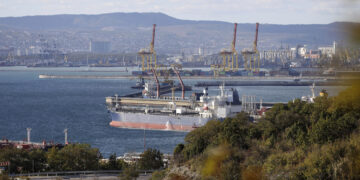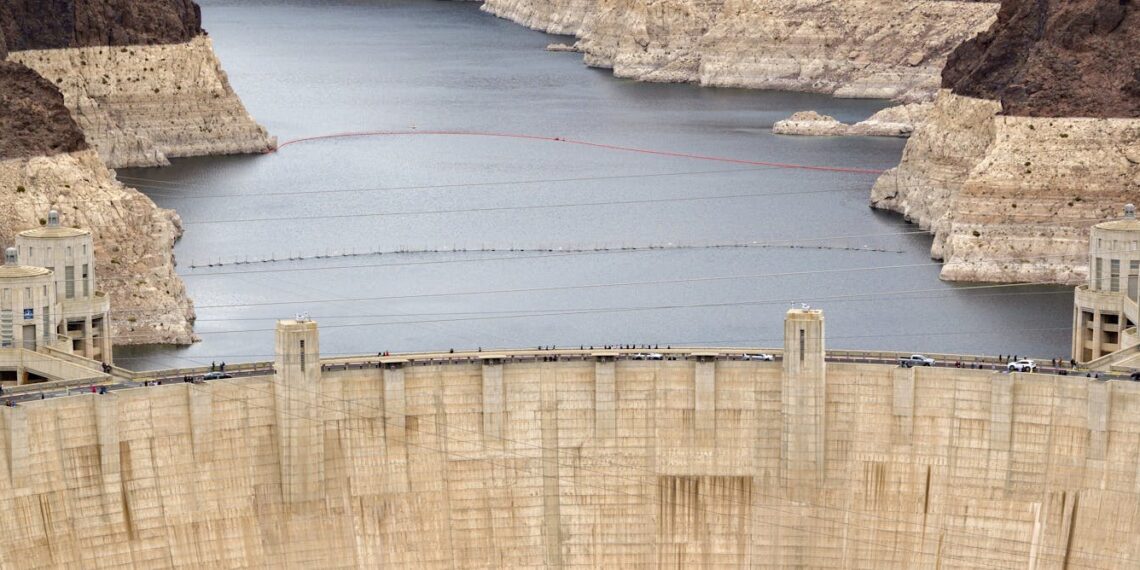Login to Continue Learning
The Trump administration is considering additional sanctions on Russia’s “shadow fleet” of oil tankers if President Vladimir Putin does not agree to a ceasefire in Ukraine by Friday, according to The Financial Times. Two sources familiar with White House internal discussions told the news outlet that these measures are seen as an effective way to apply pressure. A third source mentioned that while the U.S. is exploring broader options, sanctions on the shadow fleet remain under consideration.
A State Department spokesperson stated via email, “Secretary Rubio has been clear that President Trump is focused on ending wars, especially after the failed foreign policy of the previous administration. All previous sanctions on Russia remain in place and the State Department stands ready to impose additional sanctions at President Trump’s direction.”
Oil and natural gas are major generators of Russia’s export revenues, with western-led sanctions targeting these sectors to limit Moscow’s war machine. However, Russia has set up a shadow fleet of vessels to circumvent oil price caps, allowing exports that continue to swell the Kremlin’s coffers.
Blacklisting ships in this fleet would mark the first U.S. sanctions on Moscow since Donald Trump returned to the White House in January.
Tensions between Washington and Moscow have escalated recently, particularly regarding the Trump administration’s efforts to negotiate a ceasefire in Russia’s war against Ukraine. Yuriy Boyechko, CEO of Hope for Ukraine, told Newsweek last week that Putin is attempting to seize as much territory as possible before the deadline. Analysts suggest that neither Russia nor financial markets are concerned about Trump’s timeline.
Since the start of the war, sanctions have targeted Russia’s key exports of oil and natural gas, but Moscow continues to benefit from fossil fuel revenues. The seaborne liquefied natural gas (LNG) export industry is growing in importance, with Russian-built carriers becoming an increasingly significant part of the shadow fleet. The shadow fleet typically avoids using Western maritime services, making it challenging to enforce sanctions on vessel owners.
In May, the European Union targeted over 100 vessels from Russia’s “shadow fleet” as part of its latest sanctions package against Putin.
President Donald Trump said last week, “We thought we had that settled numerous times, and then President Putin goes out and starts launching rockets into some city, like Kyiv, and kills a lot of people in nursing home or whatever, you have bodies lying all over the street.”
He added, “I’m disappointed in President Putin. Very disappointed in him. So, we’re going to have to look, and I’m going to reduce that 50 days that I gave him to a lesser number because I think I already know the answer [to] what’s going to happen.”
Trump shortened his 50-day deadline for a ceasefire deal to August 8 after saying he had seen no progress toward an agreement despite months of U.S. efforts.
Trump’s special envoy, Steve Witkoff, is expected to visit Moscow later this week, although it is unclear whether the trip will yield progress toward a ceasefire.
Updates: This article was updated with new information and remarks on August 5, 2025, at 4:08 p.m. ET and 7:59 p.m. ET.
📚 Reading Comprehension Quiz
What is the U.S. considering as a potential measure to apply pressure on Russia if President Putin does not agree to a ceasefire in Ukraine by Friday?
Please login or register to take the quiz and earn points!



















